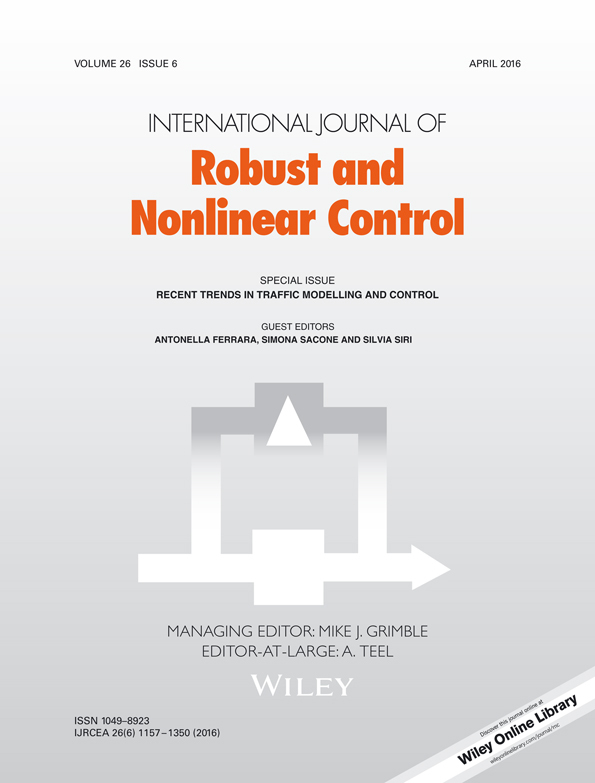Eco-driving in urban traffic networks using traffic signals information
Summary
The problem of eco-driving is analyzed for an urban traffic network in presence of signalized intersections. It is assumed that the traffic light timings are known and available to the vehicles via infrastructure-to-vehicle communication. This work provides a solution to the energy consumption minimization while traveling through a sequence of signalized intersections and always catching a green light. The optimal- control problem is non-convex because of the constraints coming from the traffic lights; therefore, a sub-optimal strategy to restore the convexity and solve the problem is proposed. Firstly, a pruning algorithm aims at reducing the optimization domain by considering only the portions of the traffic light's green phases that allow to drive in compliance with the city speed limits. Then, a graph is created in the feasible region in order to approximate the energy consumption associated with each available path in the driving horizon. Lastly, after the problem convexity is recovered, a simple optimization problem is solved on the selected path to calculate the optimal crossing times at each intersection. The optimal speeds are then suggested to the driver. The proposed sub-optimal strategy is compared with the optimal solution provided by dynamic programming for validation purposes. It is also shown that the low computational load of the presented approach enables robustness properties and results very appealing for online use. Copyright © 2015 John Wiley & Sons, Ltd.




